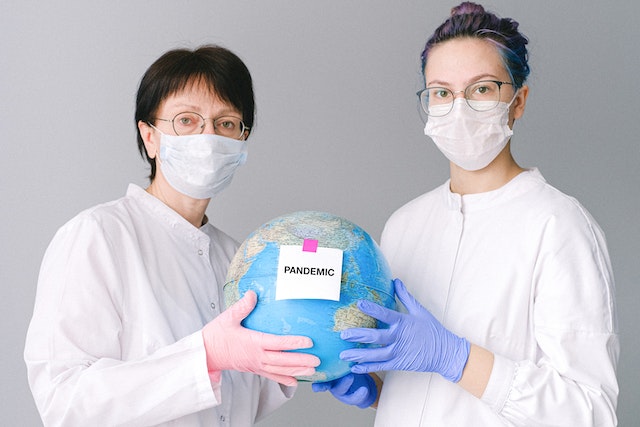Medical Careers in High Demand in 2024
Experts in the healthcare industry have been sounding the alarm over worker shortages for decades, and the past few years have seen their warnings come to fruition in a big way. Nearly 20% of healthcare workers have left their jobs since 2020, resulting in a worker shortage already straining the nation’s hospitals.
And as the U.S. medical system sees a decrease in workers, the demand for their services is on the rise. Baby boomers – a huge demographic of around 76 million people – are reaching their twilight years. As these men and women age, they require more complicated and frequent medical care which the current healthcare system is ill-equipped to provide.
The current worker shortage and rising demand may paint a bleak forecast for the healthcare industry – but it also points to big opportunities for folks interested in a medical career. If you’re looking to work in medicine, consider these in-demand careers in 2024.
Physicians
As the U.S. population ages, there will be a sharp increase in the demand for physicians nationwide. According to the Association of American Medical Colleges, Americans over age 65 will need about 407,300 physicians to adequately provide their care. In contrast, the healthcare system only needed 280,700 physicians to provide care to the 65 and older demographic in 2019. Our aging population will clearly require more doctors, particularly in specialties like family medicine (physicians who provide basic healthcare across age demographics), psychiatry (physicians focused on mental health), and internal medicine (physicians who focus on treating and preventing internal diseases).
Online medical network, Doximity, reported that 2023 found that emergency medicine, urgent care, hematology, obstetrics and gynecology, and anesthesiology as part of the ten most in-demand specialties—a trend that could likely continue into 2024.
Individuals looking to become physicians do have a long journey ahead of them. Between a Bachelor’s degree, medical degree, and residency, it can take up to 14 years to become a licensed doctor. But once they’ve finished their education and licensing, physicians can expect to enjoy a rewarding and lucrative career.

Registered Nurses
Registered nurses are a critical part of the American healthcare system, providing patient care in hospitals, doctor’s offices, in-home, and more. Therefore, it should be no surprise that nursing is a highly in-demand profession.
The U.S. Bureau of Labor Statistics expects the demand for registered nurses to grow by 177,400 jobs by 2032, leaving plenty of openings for aspiring healthcare workers. This means that many people taking on the four-year challenge of RN training can expect to find work after graduation.
Medical Billing and Coding
The growing demand for medical jobs extends beyond patient care. Medical coders and billers are responsible for sending claims to insurance companies and billing patients as needed. While this line of work is only expected to grow by 16,500 jobs by 2032, the BLS reports that this figure represents an 8% increase in the market – far greater than the national average. And because individuals can become trained and certified medical coders in just 10 weeks, this is a great opportunity for people looking to quickly start working in healthcare.
Whether you’re interested in providing patient care, navigating medical billing, or any other aspect of healthcare, there is sure to be a job opening in the medical industry for you in 2024 and Momentum Healthcare Staffing is here to help you find your perfect career match! Explore all our openings here .




























Recent Comments